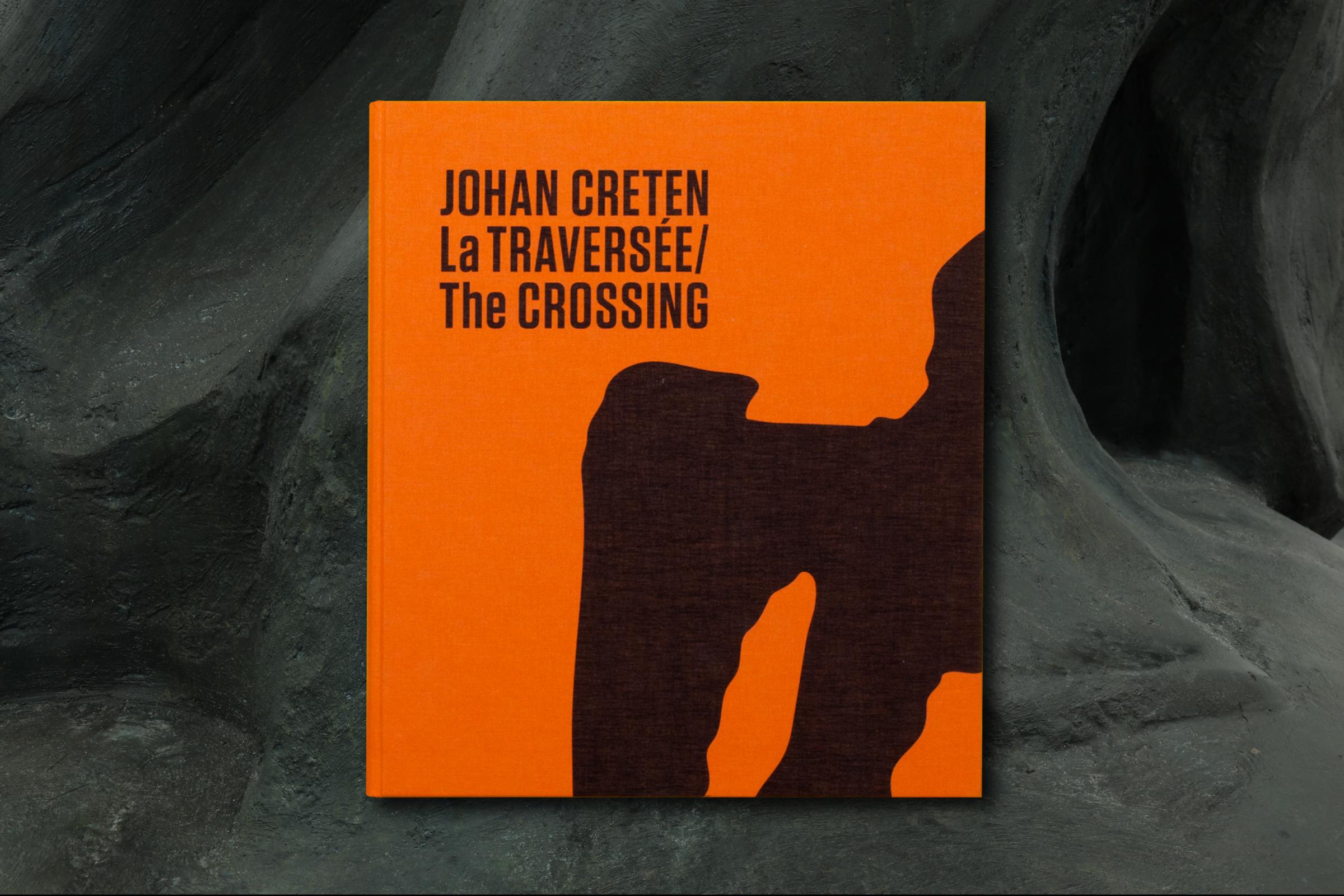
Catalog published on the occasion of the solo-exhibition of Johan Creten “True Love” in Leila Heller gallery in Dubai.
“True Love”
Leila Heller Gallery
Dubaï
United Arab Emirates
2019
This catalog is a follow-up to Johan Creten's solo exhibition “True Love” at the Leila Heller Gallery in Dubai. Featuring both traditional and more recent works by the artist, “True Love” further explores the themes that characterize his career, including the relationship between humanity and the Earth.

The title of the exhibition, “True Love”, proposes a reflection on what Johan Creten considers to be the most significant motifs in his work: clay, love and beauty. Beauty is, according to him, the most powerful tool for an artist. Working with a material such as clay is not without meaning, as this material has long been associated with the lower strata of society. Yet it is from this raw material, stoneware, that Johan Creten finds a way to share his beliefs about what can be considered beautiful. The intense and free colors of the glazes he uses and the organic forms of his sculptures result in works that are vibrant with beauty and full of stories.

“If art is a reflection of an artist’s psyche - the soul, the spirit and the ego of an individual, then Belgian-born, Paris-based Johan Creten’s temperament appears as much enamoured, as it is affected by a more brutal vision of beauty. Like watching bodily bruises heal, for all the colours that illuminate the surface of the skin, - black, blue, purple, yellow. Creten’s ceramics are a measure of the bravery of the human heart, in its ability to absorb as much pain, as it does pleasure. In-situ it is as if his coloured ceramics are slowly haemorrhaging, for all the imperfections that enter his works. As ‘disease’ and ‘death’ are as prominent to his palette, as the superlatives of ‘love’ and ‘liberty’ - the ‘liberty of letting go’ as he explains of his approach to ceramics. And rather than seeing them as a series of standing-still sculptures, Creten intends for a creative catalyst to metamorphose the intention and appearance of his work over time. All of which involves our appreciating his art as a condition akin to lust and longing. Offering up contemporaneously edged ceramics that he explains as ‘laced with impurities’. Whereby Creten’s sculptures appear as affirmative as they are slightly fractured, likely at any moment to discolour and decay into shadows of their former selves.”












- TEXTS
Rajesh Punj
Language : English
- FORMAT
28 x 31,5 cm
French format
108 pages
Hardcover
- PRINT
Dubai Printing Press
- COPIES
1st printed edition of 1.000 copies
- ISBN 978-2-9554245-2-0
- Published by
Leila Heller Gallery in collaboration with the Creten Studio

